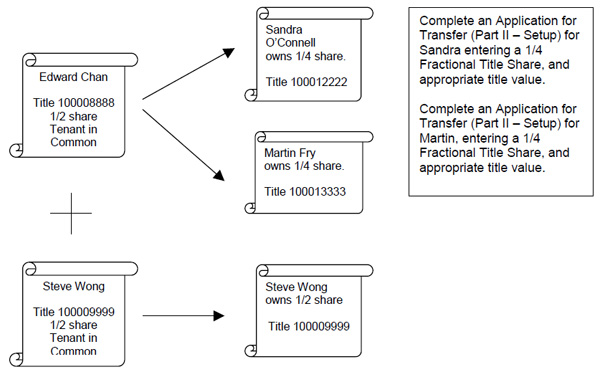Tenants In Common
Tenancy in common is the default form of concurrent estate, in which each owner, referred to as a tenant in common, is regarded by the law as owning separate and distinct shares of the same property. By default, all co-owners own equal shares, but their interests may differ in size. TIC owners own percentages in an undivided property rather than particular units or apartments, and their deeds show only their ownership percentages. The right of a particular TIC owner to use a particular dwelling comes from a written contract signed by all co-owners (often called a “Tenancy In Common Agreement”), not from a deed, map or other document recorded in county records. This form of ownership is most common where the co-owners are not married or have contributed different amounts to the purchase of the property. The assets of a joint commercial partnership might be held as a tenancy in common. Tenants in common have no right of survivorship, meaning that if one tenant in common dies, that tenant's interest in the property will be part of his or her estate and pass by inheritance to that owner's devisees or heirs, either by will, or by intestate succession.








No comments:
Post a Comment